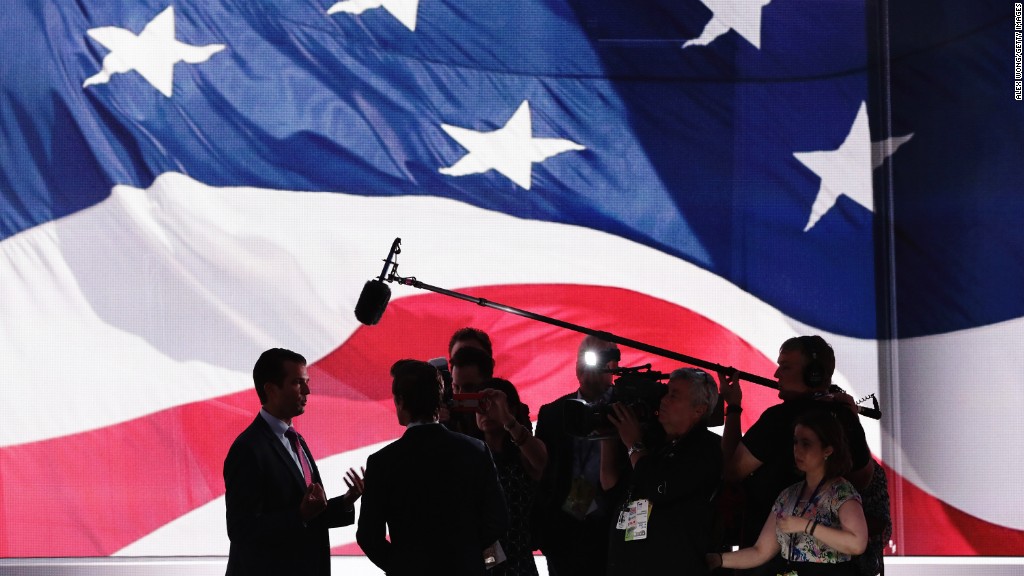
Presidents get too much credit and too much blame for the economy on their watch.
But, ironically, in the 46 months since the last Republican National Convention in Tampa, many of the economic promises made by Republicans actually came true under the Democratic president.
It's a narrative that has proven difficult for the Obama administration -- and Hillary Clinton -- to capitalize on. But the numbers are striking.
Mitt Romney four years ago pledged to bring the unemployment rate down to 6% by the end of 2016. Back then the jobless rate was above 8%. But it has moved steadily lower, falling below 5% today. The economy has added some 9 million jobs. In 2014, the U.S. saw the fastest job growth since 1999, and the second best in 2015.
The "Obama economy" has also delivered on other Republican promises.
Four years ago, presidential hopefuls Michele Bachmann and Newt Gingrich promised gas prices below $2.50 a gallon and the GOP platform called for more domestic oil production. During the second Obama administration, domestic oil production has surged to a record (in part because of fracking) and America's abundant oil supplies have helped slam oil prices and bring gas prices down to $2.20 a gallon.
In the stock market, blue chips have never been higher. Since the week of the 2012 convention in Tampa, the Dow has shot up more than 40%, rising from 13,000 to over 18,500.
Related: America's biggest oil boom came under Obama
But the message resonating here in Cleveland is a blistering indictment of Obama's stewardship of the economy. Donald Trump has capitalized on his characterization of a "loser" economy and he consistently polls higher than Hillary Clinton on who would be a better president for your money.
Trump's core message is of a middle class decimated by Depression-era unemployment and stagnant wages.
He is wrong on unemployment but right about wages. American median household income has fallen about $4,000 from the peak in 1999.
But who is to blame? The decline in wages began under President George W. Bush, was exacerbated by the crash of 2008 and has since begun to recover. Many experts say wages have been held back by higher productivity and technology.
Trump is also right that millions of Americans are simply not working and are not captured in the jobless rate.
That may be true, but it's tough to pin that on Obama.
There is no question some workers have been left behind by the recovery, but demographic trends are at play here too that are much less ominous.
From 2010 to 2030, 10,000 Baby Boomers turn 65 every day, according to Pew Research. They will continue to leave the job market and retire, holding down the labor-force participation rate, just as job market participation swelled when they were coming of age and entering the job market in the 1960s and 70s.
And then there is the skills and education gap. The Labor Department reports there were 5.5 million openings that went unfilled in May.
Related: Is America's middle class too pessimistic?
The factors changing the job market have been decades (and multiple administrations) in the making. Blaming -- or crediting -- one president just doesn't make sense.
But voters don't pull a lever based on economic statistics. They vote on how they feel about the economy. The rise of the populism of Bernie Sanders and Trump clearly shows that low economic self-esteem is the story of this election, even if 401(k) balances, gas prices and job numbers disagree.


